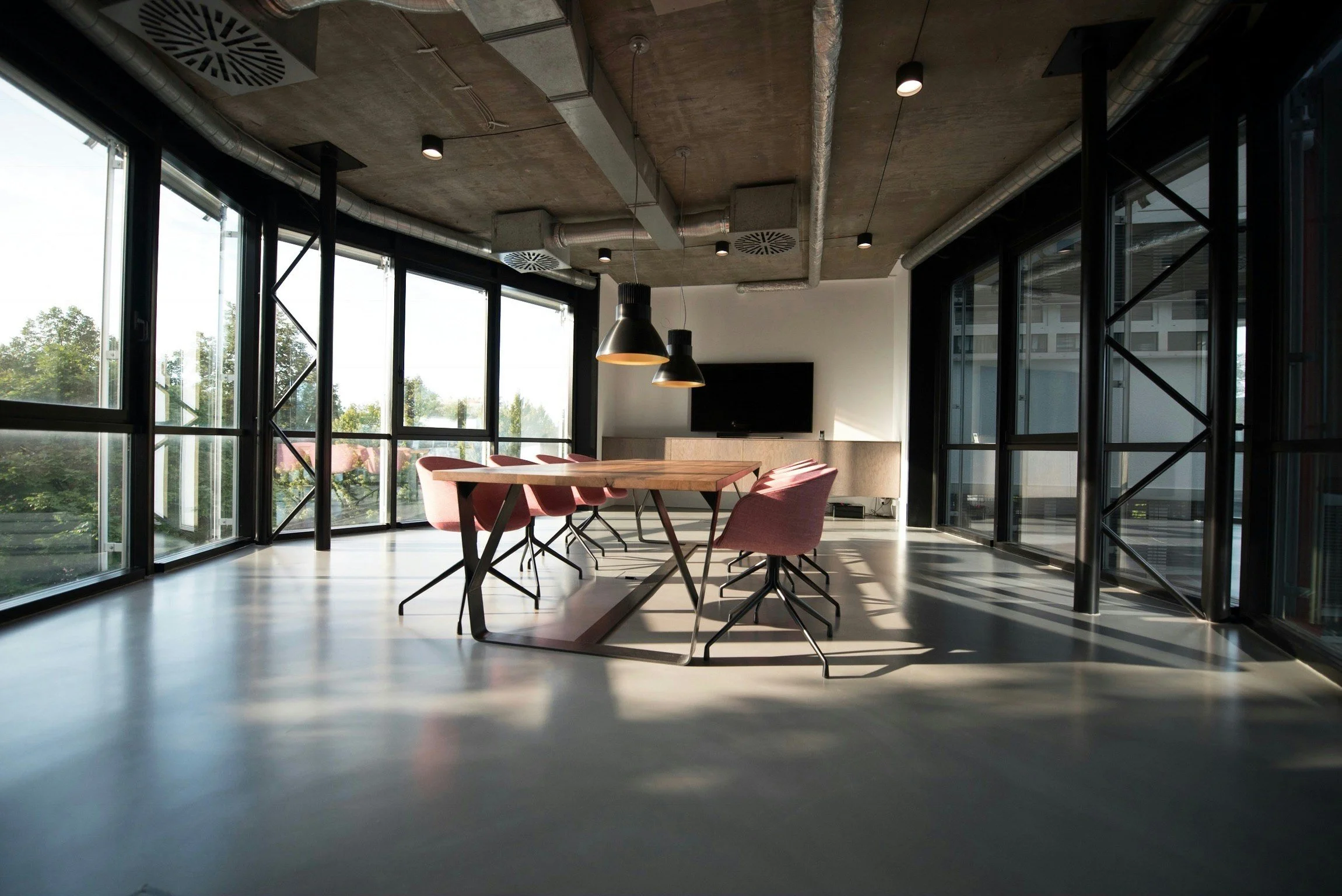Creating an Office Atmosphere That Fosters Productivity
An effective office environment plays a significant role in boosting employee productivity and well-being. The design, layout, and overall atmosphere of the workplace directly affect how employees interact, collaborate, and perform their tasks. By carefully considering elements such as lighting, furniture, and amenities, businesses can cultivate a workspace that not only supports efficiency but also enhances employee satisfaction.
The Role of Office Spaces
A well-designed office space reflects the company’s values and priorities. Whether it’s an open-plan layout encouraging collaboration or dedicated zones for focused work, the office's physical setting can shape how work is done. Integrating versatile areas such as an office meeting room allows teams to convene, brainstorm, and strategize collaboratively. These meeting rooms, equipped with modern technology and comfortable seating, are pivotal for discussions and decision-making, making them indispensable in any dynamic workplace.
Many organizations are rethinking the traditional desk setup in addition to meeting rooms. By offering flexible spaces that allow for both solo work and group collaboration, businesses can accommodate a variety of work styles. Incorporating breakout areas and quiet zones ensures employees find the right environment to match the task.
Emphasizing Workplace Culture
A productive office atmosphere is not only about physical spaces but also about fostering a positive workplace culture. Encouraging open communication and collaboration creates a sense of community and shared purpose among employees. Companies that provide spaces for casual interactions, such as lounges or kitchen areas, often find that employees build stronger connections, leading to better teamwork and morale.
Moreover, fostering inclusivity and offering growth opportunities are critical components of workplace culture. Team members who feel valued are likelier to engage with their work thoroughly, contributing positively to the overall office environment.
Impact of Technology
Technology has transformed the way office spaces are utilized. With advancements in communication tools and cloud-based platforms, employees have more options to work remotely or in hybrid settings. However, when employees are in the office, ensuring that meeting rooms are equipped with the latest technology—such as video conferencing tools, smart boards, and high-speed internet—enables seamless collaboration between in-office and remote workers.
Creating an innovative office setting with smart tech also boosts productivity by streamlining operations. For instance, using apps to book meeting rooms or control lighting and temperature can enhance the space's comfort and efficiency.
Well-being in the Office
Employee well-being should be at the forefront of office design considerations. Natural light, ergonomic chairs, and access to greenery can impact employees' health and well-being. Many forward-thinking companies now incorporate wellness programs and on-site amenities such as gyms, meditation rooms, and nap pods. These facilities help to reduce stress and support overall well-being, which in turn enhances employee productivity.
The rise of remote work has also encouraged organizations to create spaces that attract employees to the office. Modern office designs often include wellness-focused elements that make a more enjoyable and balanced work-life experience.
Conclusion
Crafting a productive office atmosphere requires thoughtful design, inclusive culture, and technological advancements. Businesses that invest in their office environments are more likely to see increased employee satisfaction, productivity, and loyalty, ultimately driving long-term success.
